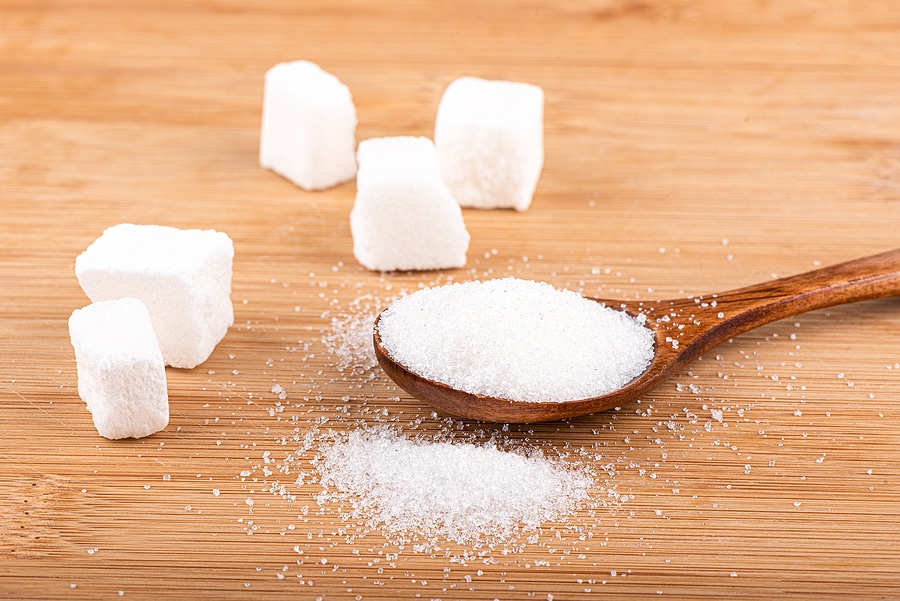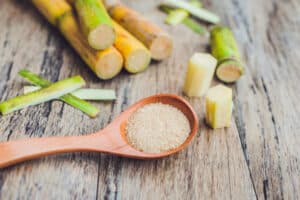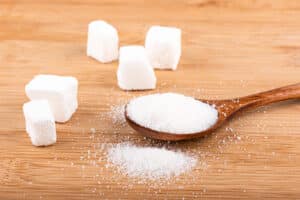Sugar Futures offer investors a liquid market that makes entry and exit of contracts safe and easy. There are on average about 40,000-60,000 contracts traded per day. Sugar also has an options market that has good liquidity, which makes hedging your positions very easy.
Get news related to sugar futures trading right here at Paradigm Futures. Whether it’s US or international futures, we have today’s world sugar prices, market news, and commodity scoops you’ll want in on.
Learn about sugar commodity prices & sugar consumption right here. And if trading sugar futures is a fit for you, get started on opening your account today.
Trading Sugar Futures
Sugar is grown all over the world. The main producers of sugar are:
- Brazil
- India
- European Union
- Thailand
- and China
The largest consumers of sugar are India, the European Union, China, the United States, and Brazil.
Many of the sugar mills in South America have the ability to switch their plants from producing raw sugar to producing ethanol from sugar cane. This is a key factor that can move the market.
How Sugar Futures Work
Sugar was once reserved for the wealthy. Today, it is traded as a commodity with standardized futures contracts.
By 2022, the sugar market was worth $53 billion. It is grown from sugarcane and sugar beets. Beyond sweetening food, sugar goes into a range of other products as well. You’ll find it in fossil fuel alternatives and skin products, among other places.
Sugar prices today are not just of interest to producers and consumers. Sugar futures news has the attention of traders and investors across the globe. The market’s volatile nature means there is money to be made if you are able to accurately predict whether the price is rising or falling.
With the help of Paradigm Futures, you, too, can make money through sugar futures.
Brazil, India, and Thailand are some of the biggest producers out there — responsible for producing around 39 million tonnes of sugar every year.
| Rank |
Sugar production (in tonnes) |
Top producers |
| 5 |
9.26 million |
Thailand |
| 4 |
10 million |
China |
| 3 |
15.5 million |
EU 28 |
| 2 |
24.8 million |
India |
| 1 |
39 million |
Brazil |
Factors Influencing the Price of Sugar
Several factors affect the supply, demand, and availability of the sugar commodity. If the demand outstrips the supply, the price of sugar futures go up. If the reverse is the case, the price ends up falling.
However, many factors also influence the price of sugar, including.
- Ethanol demand
- Health concerns
- Weather
- Government funding
- Currency movements
- Interest rates
Ethanol
Ethanol can be produced using sugar and serves the purpose of an alternative to fossil fuel. With increasing consumption of ethanol, we could be looking at higher sugar prices coming up.
Health concerns
The demand for sugar could decrease with an increase in awareness of the potential health concerns associated with high consumption of sugar is further cemented in soecity, including a link to diabetes, heart disease, and other health issues.. Whether it is bound to have a meaningful effect on the consumption of the commodity is yet to be seen.
Weather Changes
Softs commodities like coffee, sugar, and cocoa depend on the weather to grow, and they are influenced by changes in rainfall. They require not only plenty of rain but also sunshine. If weather negatively impacts the production of the crop, the supply falls, and prices are likely to increase.
Government Funding
Government funding can skew the production of various crops by encouraging producers to produce more or less of a given good. Increased funding can lead to an increase in production, whereas tariffs imposed on imports may negatively affect how much is consumed. When subsidized, growers increase the supply, and the prices fall.
Currency Movements
The US Dollar is used to trade sugar commodities, so ups and down in the USD will impact the international markets. As Brazil is the largest producer of the commodity, changes to its currency also affect the market conditions. A strong dollar results in sugar being more expensive, which influences the demand.
Getting Started with Trading Sugar Futures
Futures is the most common way to trade sugar with a contract specifying the underlying trading conditions at a set price on a set date. Futures exchanges are where these contracts are traded, like through the platform offered at Paradigm Futures.
Decide How You Want to Trade
With access to high liquidity and volatility, sugar futures trading is a popular way to go — especially as you can speculate both on rising and falling sugar prices.
However, you can also do so through Contract for Differences (CFDs). Speculators don’t actually want to receive the physical product, just the right to it, until they get rid of that right again. Hopefully, the asset has changed price in the direction they believed before that.
Both CFDs and futures allow you to trade with leverage, thereby increasing your profit as well as your loss potential. To avoid ever gaining ownership of the asset, going long or short ensures you won’t need to accept delivery of the good.
Risk Management
A risk management strategy is important to protect yourself against substantial losses, especially when you’re using leverage. Having a good risk strategy avoids unnecessary losses and helps minimize your risk. For that reason, it is common to introduce stops to your positions.
By doing so, you prevent additional losses when the markets turn against you by getting out of a position automatically.











